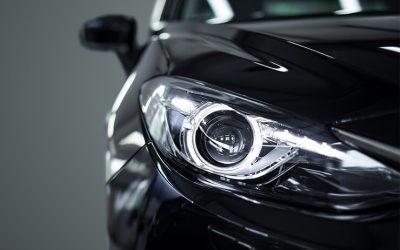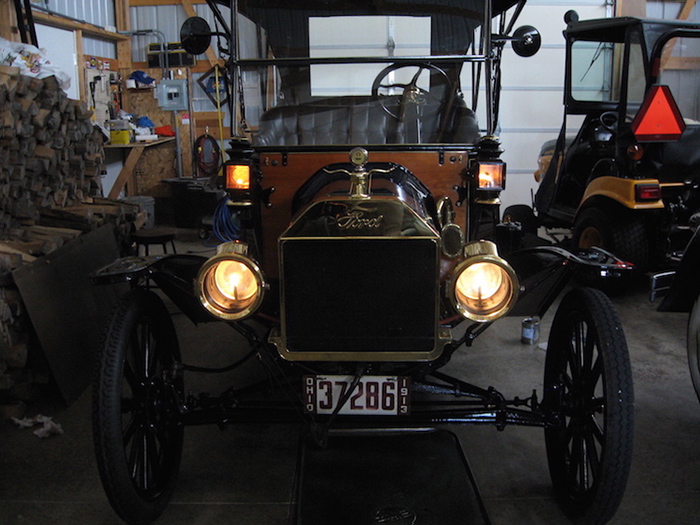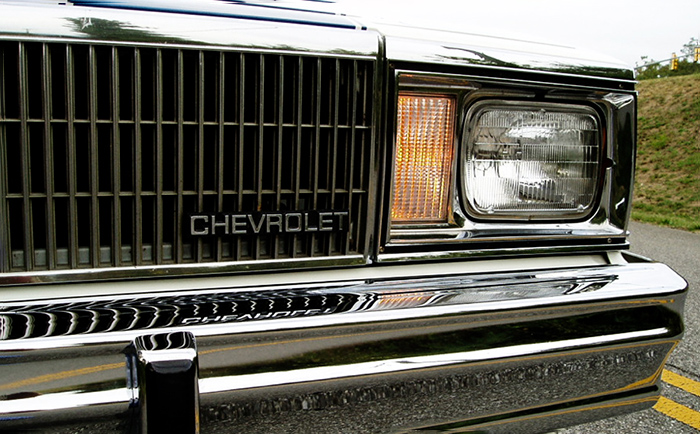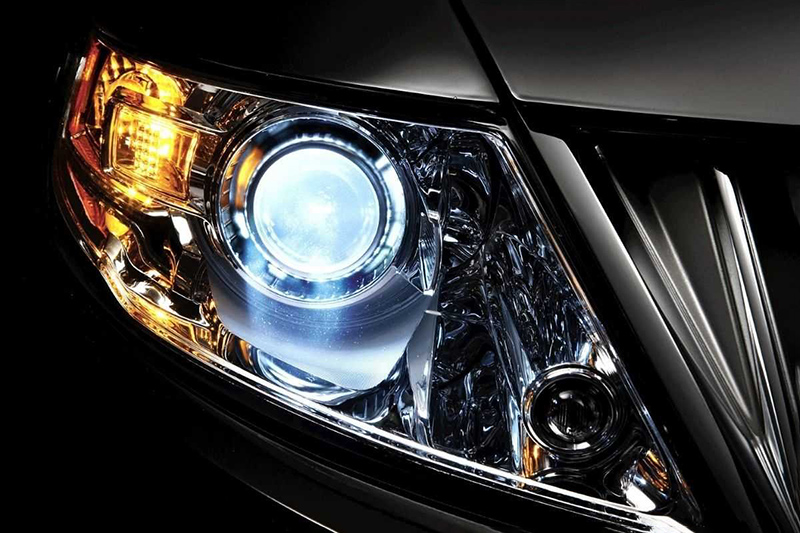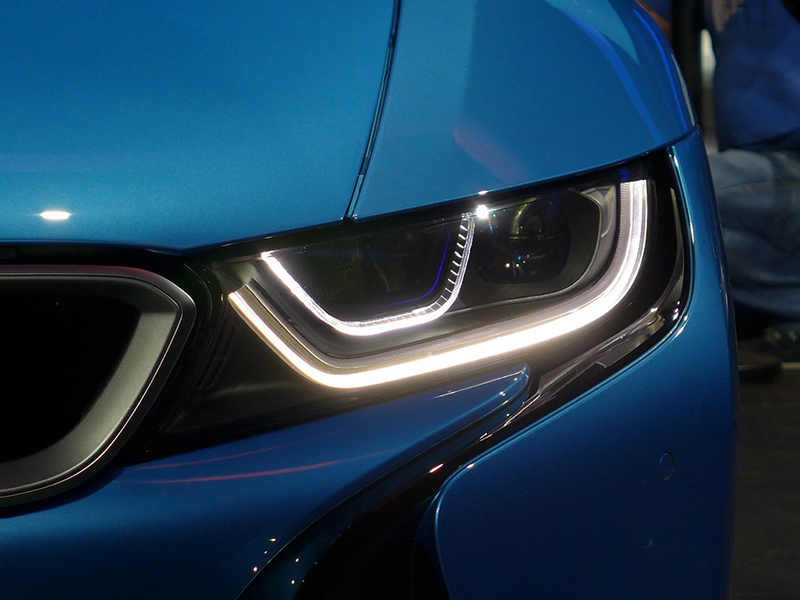Since the first car appeared in the 1880s, headlights have been a firm companion to all vehicles. Headlights are an absolute necessity when it comes to safe driving at night or in low-light conditions. They have been proven so invaluable that it's hard to imagine what a car would look like today without them.
To learn more, let's start with the evolution of headlights!
1880s – The First Lantern Headlights
The first automobile headlights were powered by petroleum or acetylene gas. These primitive headlights consisted of a lantern with a reflector that allowed unfocused scattered light to illuminate the road ahead. They were pretty popular because of their resistance to wind and rain. However, these acetylene headlights had to be cleaned frequently to prevent the buildup of corrosive lime. They weren't perfect but got the job done.
1898 – Headlights Go Electric
Electric headlights first appeared as an optional accessory for Columbia, the electric car company, and were a small step in the right direction. However, it was not until much later - when Cadillac introduced the Delco electronic ignition and lighting system in 1912 - that they became compelling. Short life spans, weak resistance to the environment, and the inability of manufacturers to produce generators small enough to provide a good fuel current made the traditional electric headlights become one of the weakest contributions to headlight history.
1939 – Sealed Beam Headlights
In the 1960s, halogen sealed beam headlights became the standard technology in Europe. The halogen gas reacted with the tungsten filament to produce a brighter, more uniform light that lasted longer. However, it was not until the late 1970s that the new headlight technology became the standard in the United States.
1983 – Composite Headlights Become Standard
Before the introduction of composite headlights, you have to replace the whole unit if one of your bulbs burns out. To make things easier for drivers, In 1983, the Federal Motor Vehicle Safety Standard 108 was amended to allow all composite headlight assemblies to include a nonstandard shape as well as replacement bulbs.
Thanks to these updated rules, replaceable halogen headlights soon became the first choice for most car owners.
1990s – HID Headlights Take Off
Into the 1990s came a new type of headlight called HID headlights or Xenon headlights. Filled with xenon rather than halogen, these new headlights were able to emit brighter light and reach full brightness the moment the car was started.
In addition to providing better lighting, HID headlights impressed drivers with a longer lifespan, greater durability, and a wider choice of color temperatures.
2004 – LED Headlights Jump on the Scene
LED headlights became available in 2004. Like most technologies in their first few years, the first wave of LED headlights provided spotty performance at best, even with their gains in efficiency.
But over the past decade, LED headlights have improved so much that most car enthusiasts love the bright white look they bring to the vehicles.
Today – Laser Headlights Change the Game
While LED or halogen headlights are now pretty much the standard in most cars, laser headlight technology is emerging as a possible new alternative. laser headlights offer an impressive 1.25-mile line of sight, but lack good focus and are not suitable for most vehicles on the market today.
What will the headlights look like in the future? No one can be entirely sure. But one thing is certain - improving safety and efficiency standards will likely remain top of mind for manufacturers like Vehicleaid. Shop our wide selection of headlight assemblies to keep your car performing at its peak.
Click the link below to learn more about OEM and aftermarket headlights before purchasing:
OEM vs. Aftermarket Headlights for Your Car: How to Choose


